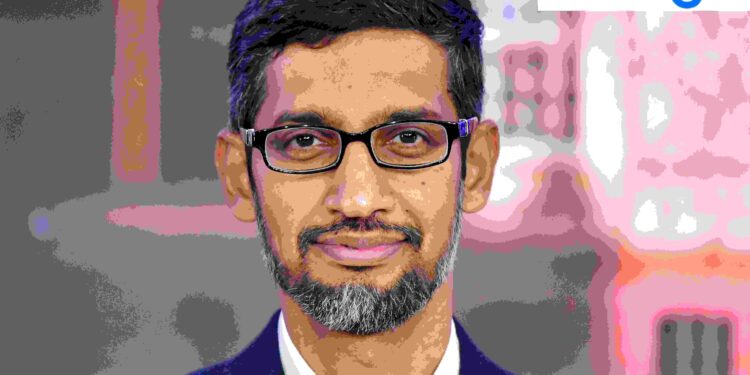In the fast-evolving world of artificial intelligence, speed matters. And no one understands that better than Google CEO Sundar Pichai. Recently, he doubled down on Google’s ambitious AI strategy with a staggering $75 billion investment in data centres, AI chips, and cloud infrastructure. It’s a move that not only sets the pace for big tech but also signals a new era of AI innovation at scale.
Why Google Is All-In on AI Infrastructure
Artificial intelligence isn’t just about models like Gemini or ChatGPT. Behind the scenes, real innovation requires massive computing power, low-latency networks, and optimized data flows. Google’s investment is focused on these foundations — from next-gen data centers to custom AI chips like TPUs (Tensor Processing Units). These are the building blocks that enable fast, secure, and powerful AI experiences.
This isn’t just a tech upgrade. It’s a shift toward full-stack control — meaning Google wants to handle everything from hardware design to software delivery. And that could change the entire landscape of cloud computing and AI accessibility.
The Scale of $75 Billion More Than Just Numbers
To put things into perspective, Google’s $75 billion AI push is one of the largest infrastructure bets in tech history. It’s not just about expanding existing systems — it’s about building the next generation of digital backbone that powers everything from YouTube recommendations to self-driving technology.
Data centers will be built across the U.S. and globally, bringing job opportunities, faster connectivity, and lower energy footprints through sustainable design. Google is also focusing on custom silicon chips that compete directly with Nvidia, AMD, and Intel in the high-performance AI space.
What Full-Stack Innovation Means for the Future of AI
“Full-stack innovation” might sound like a buzzword, but in Google’s world, it means serious business. It’s the idea of controlling every layer of the AI experience — from the chips that process the data, to the data centers that house them, to the software that delivers results.
With this strategy, Google can optimize performance, reduce energy usage, cut latency, and deliver AI products faster and more securely. It also means tighter integration between its services, think Google Search powered by Gemini AI, Google Cloud with native AI dev tools, or even smarter Android devices.
How This Move Impacts Startups Developers and the AI Race
While big tech giants often operate in their own lane, this kind of investment ripples through the broader ecosystem. Startups that rely on Google Cloud for AI workloads will see faster, cheaper, and more scalable solutions. Developers building with Google’s AI tools will have access to more powerful backends. And competitors? They’ll likely accelerate their own infrastructure plans in response.
This isn’t just about beating OpenAI or Microsoft. It’s about setting a new standard for AI performance, accessibility, and speed — what Sundar Pichai calls “AI at Google scale.”













































